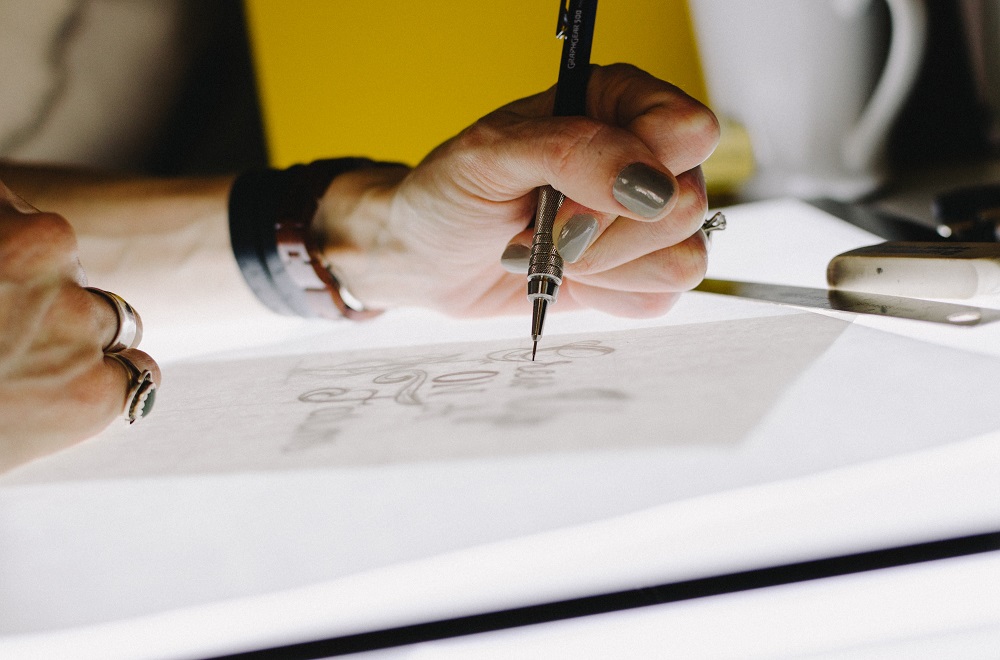In the ever-evolving landscape of user experience (UX) design, staying ahead of the curve is not just an option—it’s a necessity. As a seasoned UX professional who has witnessed the field’s transformation over the years, I’m excited to provide you with insights into the future of UX, including emerging trends and the vast career opportunities that lie ahead. So, fasten your seatbelt as we embark on a journey to explore the exciting road ahead.
The Evolution of UX Design
UX design has come a long way since its inception, transitioning from a relatively niche field to a vital component of product development. Here’s a glimpse of how UX design has evolved:
1. From Usability to Emotion
In the early days, UX design primarily focused on usability, ensuring that products were functional and easy to use. However, as technology has become deeply ingrained in our daily lives, the emotional aspect of user experiences has gained prominence. Today, designers aim to create products that not only work well but also evoke positive emotions and delight users.
2. Cross-Platform and Multimodal Experiences
With the proliferation of smartphones, tablets, wearables, and voice assistants, UX designers now face the challenge of creating seamless experiences across multiple devices and platforms. The concept of multimodal interaction, where users can switch between touch, voice, and gestures, has gained traction.
3. Data-Driven Design
The era of big data has empowered UX designers with valuable insights into user behavior. Design decisions are increasingly data-driven, with A/B testing, user analytics, and heatmaps guiding improvements to user interfaces.
Emerging Trends in UX Design
Now, let’s explore the exciting trends that are shaping the future of UX design:
1. Voice User Interfaces (VUI)
Voice technology is on the rise, with virtual assistants like Siri and Alexa becoming integral to our lives. UX designers will need to master the art of crafting natural and engaging voice-driven experiences.
2. Augmented Reality (AR) and Virtual Reality (VR)
AR and VR are unlocking new dimensions of user interaction. UX designers will play a crucial role in creating immersive and user-friendly AR and VR experiences, from gaming to education and beyond.
3. AI-Driven Design
Artificial intelligence (AI) is poised to transform UX design by automating repetitive tasks, personalizing user experiences, and providing predictive insights. Designers will collaborate with AI systems to enhance user interactions.
4. Accessibility and Inclusivity
Designing for accessibility is not just a trend—it’s an ethical imperative. UX designers will need to prioritize inclusive design practices to ensure that products are accessible to everyone, regardless of disabilities.
5. Design Systems and Component Libraries
To streamline design processes and maintain consistency across products, organizations are investing in design systems and component libraries. UX designers will need to adapt to these new workflows and tools.
6. Biometrics and Security
As biometric authentication methods become more prevalent, UX designers will need to strike a balance between security and user convenience. Designing secure and user-friendly authentication experiences will be a top priority.
Career Opportunities in UX
The evolving landscape of UX design is accompanied by a plethora of career opportunities. Let’s explore some of the exciting roles you can pursue:
1. UX Designer
The core role in UX design involves creating user-friendly interfaces, conducting user research, and collaborating with cross-functional teams to deliver exceptional user experiences.
2. UX Researcher
UX researchers specialize in understanding user behavior, needs, and preferences. They conduct user studies, surveys, and usability testing to inform design decisions.
3. Interaction Designer
Interaction designers focus on the micro-interactions within user interfaces. They ensure that every click, tap, and swipe is intuitive and delightful for users.
4. Information Architect
Information architects organize and structure content and data to create intuitive navigation and findability within digital products.
5. Usability Analyst
Usability analysts evaluate the usability of products and interfaces, identifying areas for improvement and recommending design changes.
6. Accessibility Specialist
Accessibility specialists are advocates for inclusive design, ensuring that products are accessible to individuals with disabilities.
7. AI UX Designer
With the rise of AI, UX designers specializing in AI-driven design collaborate with AI systems to create personalized and context-aware user experiences.
Navigating Your UX Career
Whether you’re just starting your career in UX or looking to advance, here are some strategies to navigate your path successfully:
1. Continuous Learning
Stay curious and committed to learning. UX design is a dynamic field, and staying updated with the latest tools and techniques is essential.
2. Build a Strong Portfolio
Your portfolio is your calling card. Showcase your best work and highlight the impact of your designs on user experiences.
3. Networking
Connect with fellow UX professionals, attend conferences, and engage in online communities. Networking can lead to job opportunities and valuable collaborations.
4. Mentorship
Consider seeking a mentor in the field who can provide guidance and support as you navigate your UX career.
5. Diversify Your Skill Set
While specialization is valuable, having a well-rounded skill set can make you a more versatile and valuable UX designer.
6. User-Centered Approach
Always put the user at the center of your design process. Understanding user needs and preferences is the foundation of UX design.
Case Studies: Trailblazing UX Professionals
Let’s look at two case studies of UX professionals who have made significant contributions to the field:
Case Study 1: Don Norman, the Pioneer
Don Norman, often referred to as the “father of UX,” played a pivotal role in shaping the field. His book “The Design of Everyday Things” introduced the concept of user-centered design and usability principles. Norman’s work continues to influence UX designers worldwide.
Case Study 2: Sarah, the AI UX Innovator
Sarah is a UX designer who embraced the emerging trend of AI-driven design. She collaborated with AI systems to create personalized shopping experiences for e-commerce platforms. Her innovative approach led to increased user engagement and revenue for her clients.
Conclusion: Embrace the Future of UX
The future of UX is brimming with exciting possibilities. As UX designers, we have the privilege of shaping how people interact with technology and enhancing their daily lives. Whether it’s crafting voice interfaces, exploring AR and VR, or leveraging the power of AI, the future is ours to shape.
So, as you embark on your journey in UX design or continue to grow in the field, remember that you are part of a vibrant and ever-evolving community. Embrace emerging trends, seek out new opportunities, and, above all, stay committed to creating exceptional user experiences. The future of UX is bright, and it’s yours to design.
ABOUT AUTHOR

Alison Housten
Lorem ipsum dolor sit amet, consectetur adipiscing elit. Ut elit tellus, luctus nec ullam.

RECENT POSTS


